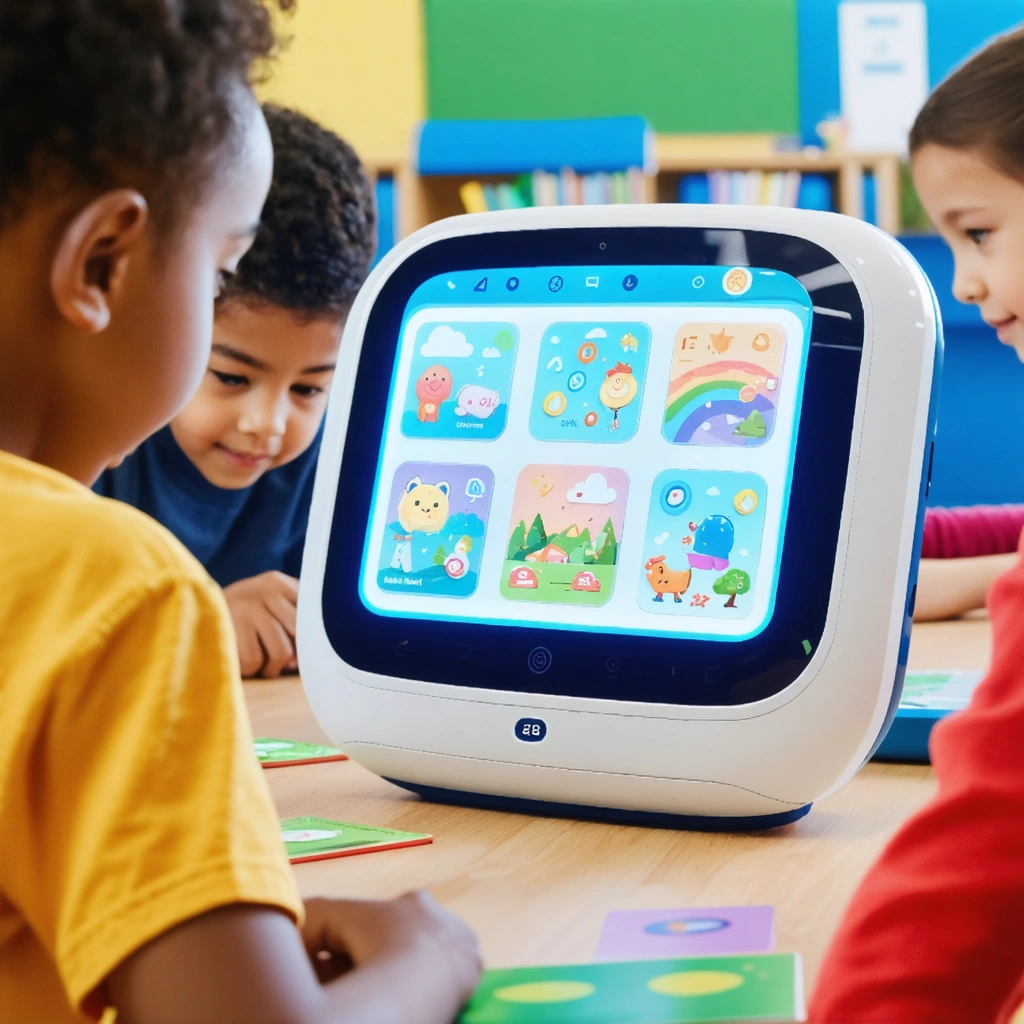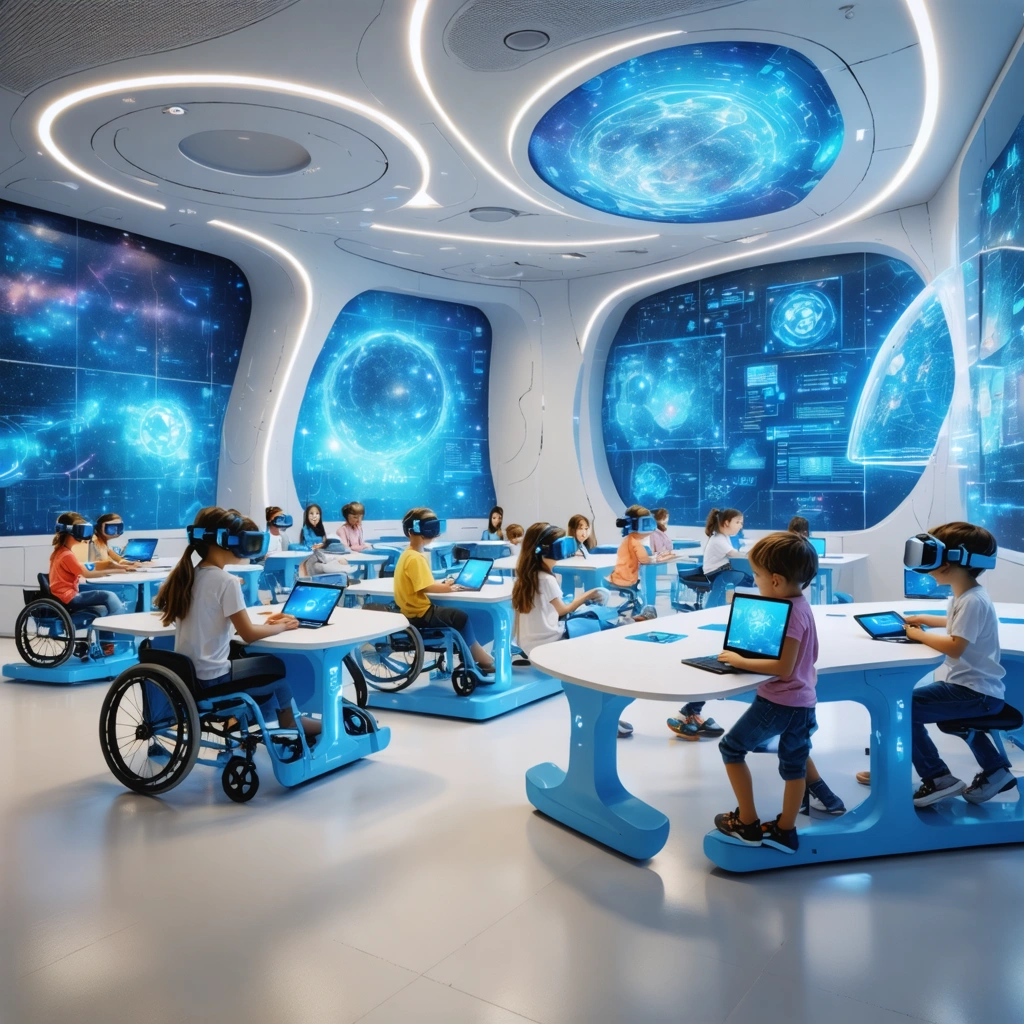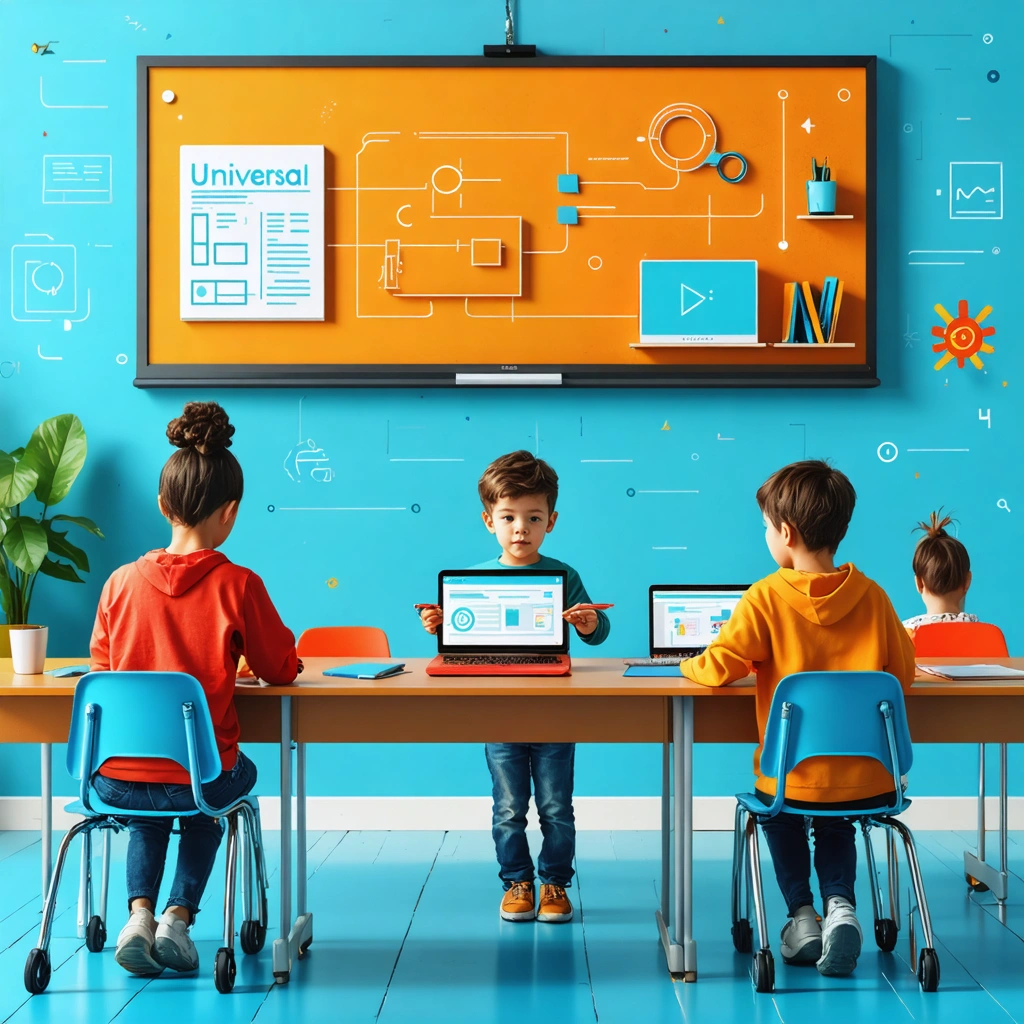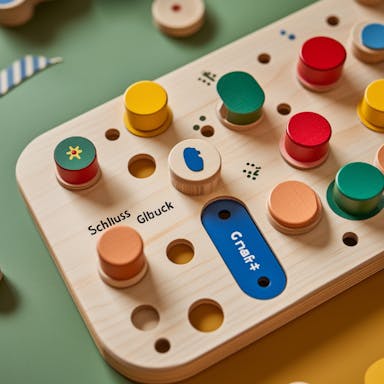Introduction
Universal Design for Learning (UDL) is a powerful framework that fosters inclusive education by addressing the diverse needs of all learners. Implementing UDL guidelines effectively can be challenging, but AI technology offers innovative solutions to enhance flexibility, accessibility, and creativity in education. By integrating AI with UDL, educators can unlock new opportunities for engagement and learning.
What Are Universal Design for Learning Guidelines?
UDL is a framework designed to make learning accessible and equitable for all. It focuses on three core principles:
1. Engagement: Motivating learners by considering their interests, preferences, and cultural backgrounds.
2. Representation: Presenting information in diverse formats to accommodate different learning styles.
3. Action and Expression: Allowing learners to demonstrate knowledge in various ways.
These principles provide a foundation for inclusive education, but effectively applying them requires creativity, resources, and tools—areas where AI excels.

How AI Enhances UDL Implementation
1. Personalized Learning Experiences
• Challenge: Traditional teaching methods often fail to address individual learning needs.
• AI Solution: Adaptive learning platforms analyze learning patterns and provide tailored content for each student.
• Example: AI can identify students struggling with visual content and switch to audio-based explanations or interactive exercises.
2. Expanding Access to Resources
• Challenge: Limited resources restrict the application of UDL principles.
• AI Solution: AI can generate diverse learning materials, such as simplified text summaries, infographics, or translated content.
• Example: Tools like DeepL or Text-to-Speech converters ensure students access content in the format that suits them best.
3. Fostering Creativity and Engagement
• Challenge: Keeping students engaged in diverse classrooms can be difficult.
• AI Solution: AI designs interactive simulations, gamified environments, and creative challenges to boost engagement.
• Example: Teachers can create AI-driven virtual labs where students experiment with real-world scenarios.
4. Streamlining Feedback and Assessment
• Challenge: Providing individualized feedback is time-consuming.
• AI Solution: AI tools like Grammarly or Turnitin offer constructive, personalized feedback while saving educators time.
• Example: AI highlights strengths and suggests improvements in creative writing or problem-solving assignments.
How AI Inspires UDL
AI doesn’t just simplify UDL implementation—it expands the possibilities for creative teaching and learning. Here’s how:
• Experimenting with teaching methods: AI generates lesson plans and ideas, offering fresh perspectives for educators.
• Curating real-world examples: AI identifies relevant case studies, datasets, and resources aligned with UDL principles.
• Visualizing complex ideas: AI-powered tools like Stable Diffusion or Canva create engaging visuals and interactive content to enhance understanding.
AI transforms UDL from a structured framework into a dynamic, exploratory process, inspiring both educators and students.

The Future of UDL with AI
The integration of AI and UDL is not just about making education accessible—it’s about reimagining what’s possible. Imagine a classroom where:
• Every student receives a personalized learning roadmap.
• Teachers spend more time fostering creativity and less time on administrative tasks.
• Learning barriers are removed, creating opportunities for all.
AI empowers educators to push boundaries and inspire their students to achieve more.
Universal Design for Learning provides a robust foundation for inclusive education, and AI takes it further. By leveraging AI tools, educators can enhance flexibility, creativity, and accessibility, ensuring every learner has the opportunity to succeed. With personalized plans, interactive simulations, and real-time feedback, AI redefines what’s possible in education.



